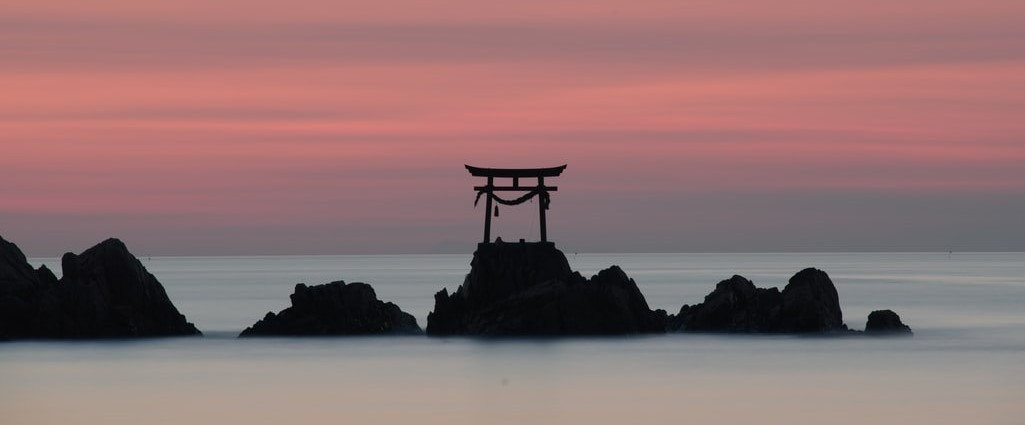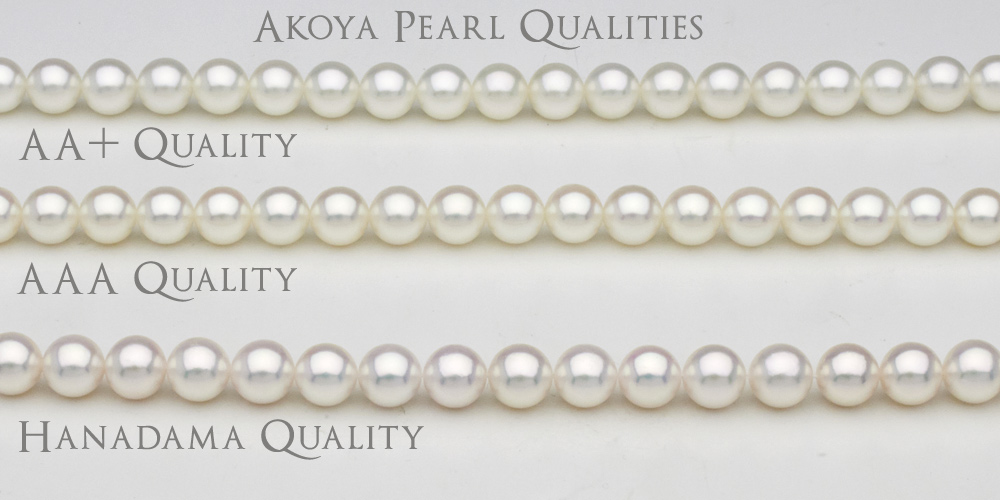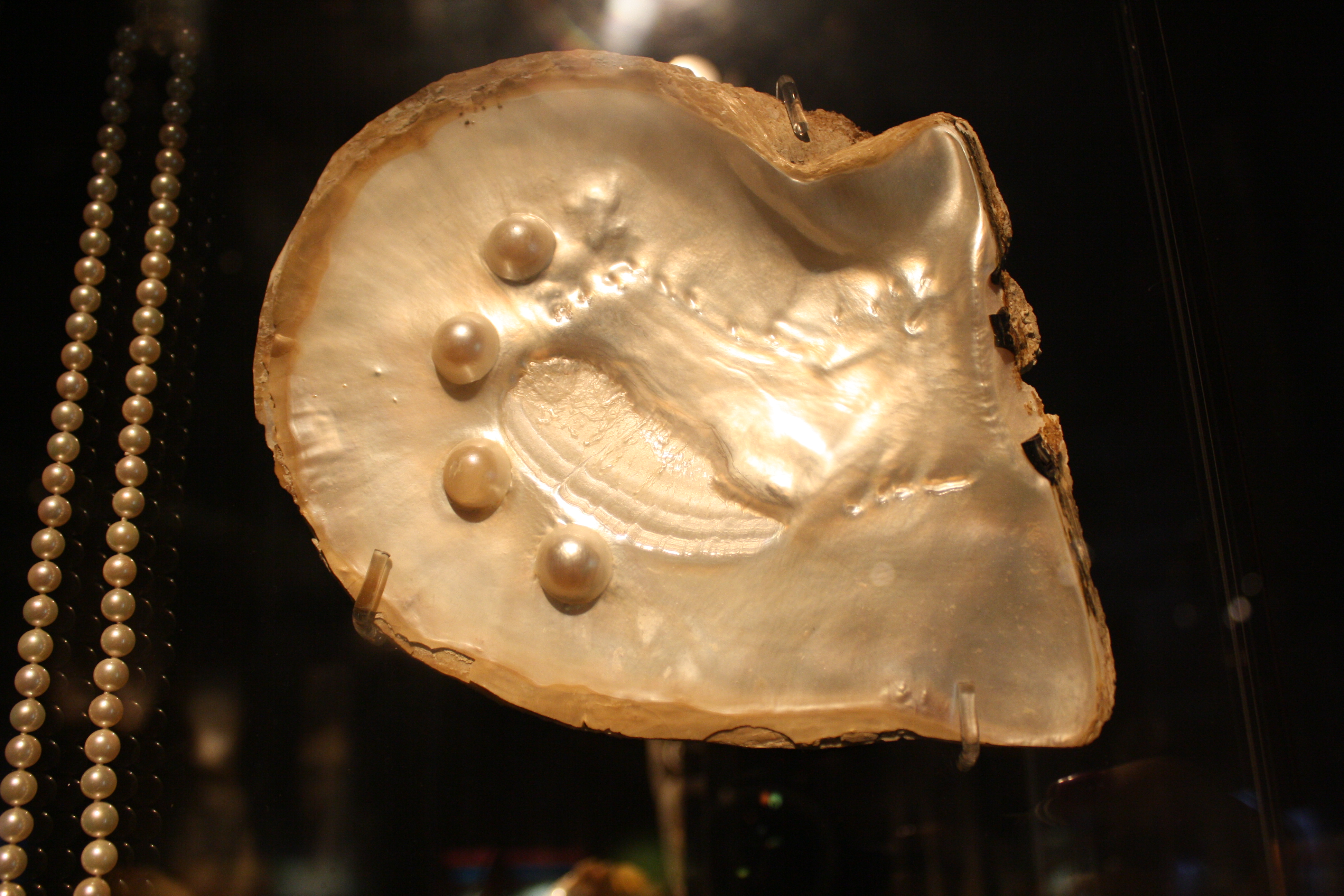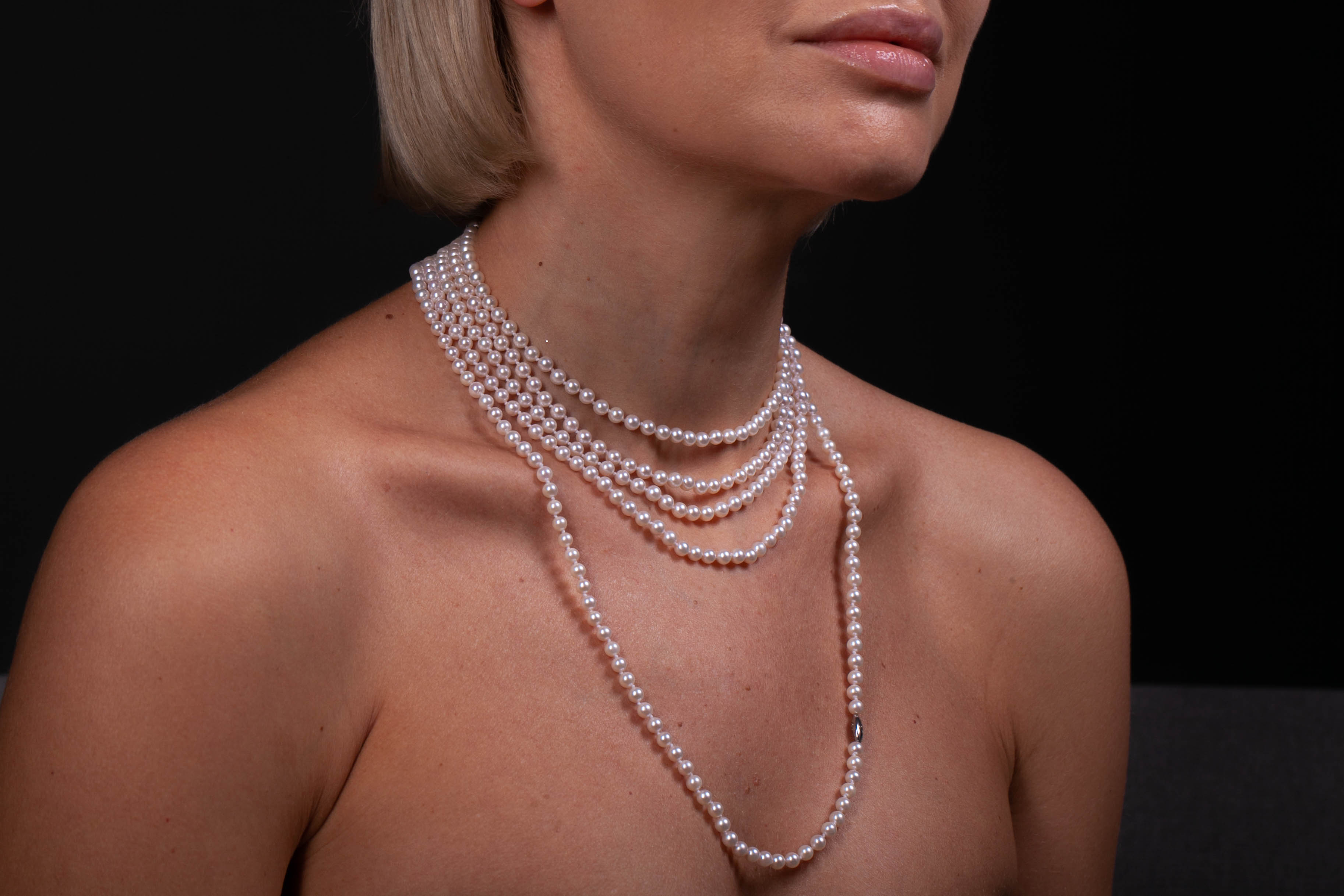PEARL OF AKOYA

Perhaps some of you have heard of the prized Akoya pearl?
What kind of a curiosity is it? We'll tell you all about it now)
Akoya pearls are grown in bivalve oysters, which belong to the genus Pinctada and are called Akoya-kai in Japanese.
Hence the name of this type of pearl.
Akoya pearls gained world popularity thanks to the famous Japanese explorer Kokichi Mikimoto. He was the first person in the world in the early 20th century who managed to grow a natural pearl in natural conditions.
All over the world specialists admitted that the cultured pearls of Akoya are not inferior to the natural ones, as it does not matter how a small pearl gets in the shell, around which the pearl is formed, - accidentally or through the efforts of a specialist.
The Pinctada clams in which Acoa is grown reach the size of 8 centimeters, the pearls are 6-8 millimeters.

Larger ones are much rarer.
Most pearls are harvested on the islands of Kyushu and Honshu. Ago Cove is also one of the oldest cultivation sites. The cultivation procedure itself takes about 1.5-3 years.

Japan has been the champion of Akoya pearl cultivation for the past century. Japanese pearls have always been considered a model of fine quality. Recently, other countries, such as China, Vietnam, and Australia, started to cultivate these pearls as well.
Compared with other types of sea pearls, the Akoya nucleus is covered by a thinner layer of nacre. Nacre grows faster during the warm season; thicker layers are formed. During the cooler months, the metabolic processes inside the oyster are slower and the layers become thinner.
The thinner the layers and the greater their number, the greater the luster of the pearl. The time after the cold months is considered the best time for harvesting because it is during this time that pearls have a bright, strong and deep luster.
On the value of Akoya pearls, as well as other pearls, are influenced by several factors: size, color, shape, luster, quality of nacre, and surface quality.
When an individual pearl or a strand of pearl has the highest scores on all criteria (the size of a pearl may not be taken into consideration), it is called a Hanadama (a pearl of the highest category) and is referred to as AAA and AA. This term is commonly used by the Japanese.
Luster is one of the major characteristics of quality. The greater the luster, the more expensive the pearls. Luster is determined by the way light reflects from the surface. A sparkling necklace that has some irregularities on the surface is considered more valuable than one with less luster but a perfect surface.
Akoya pearls have the strongest and brightest luster of all the other types of sea pearls.

Japanese Akoya pearls are recognized by the jewelers of the world as the standard of quality in the main characteristic, namely luster. Owing to its unique characteristics, these pearls are used worldwide to produce the finest quality jewelry.
The admirers of Akoya saltwater pearls are royalty, first ladies, show business stars and Hollywood actresses.
